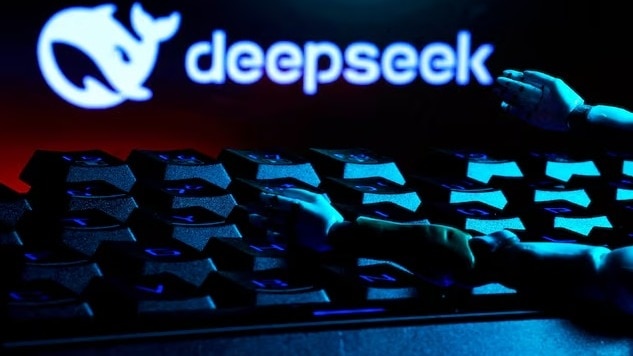Meta’s Brain-Typing AI: The Future of Communication
In 2017, Meta, previously known as Facebook, envisioned an innovative concept: a brain-reading hat that would enable individuals to type merely by thinking. Years later, the company has indeed developed a similar technology, yet it is still far from being ready for everyday application.
Understanding Meta’s Brain-Typing System
Meta’s brain-typing system harnesses artificial intelligence and neuroscience to interpret brain activity, allowing it to predict which keys a person intends to press based solely on their thoughts. However, the system has its limitations: it necessitates a substantial, costly machine and can only function within a meticulously controlled laboratory environment.
How Meta’s Brain-Typing AI Operates
As detailed by a recent article from MIT Technology Review, the technology employs a sophisticated brain scanner known as magnetoencephalography (MEG). This machine detects minuscule magnetic signals produced by brain activity. Due to its size and sensitivity, the scanner must be housed in a specially designed room to avoid disruptions from Earth’s magnetic field.
Meta’s researchers have developed an AI model named Brain2Qwerty, which is programmed to analyse these brain signals. The AI has been trained to discern patterns in the data corresponding to specific letters as participants typed on a keyboard. With time, the accuracy of the system has improved to an impressive 80% in predicting which letter a participant is thinking about.
The research involved 35 participants at a Spanish research facility. Each individual endured about 20 hours within the scanner, typing sentences while the AI examined their brain activity.
Challenges Facing Meta’s Brain-Typing Technology
Despite the advances, Meta’s brain-typing system is far from being a market-ready product. The challenges include:
- Massive and costly equipment: The MEG scanner is incredibly heavy, weighing approximately half a ton and costing around $2 million, making everyday use unfeasible.
- Need for complete head stillness: Any minor movement renders the brain signals unreadable.
- Insufficient accuracy: Although this system is at the forefront of its technology, it still misinterprets about 32% of letters.
Led by Jean-Rémi King, Meta’s research team is not focused on product development but rather aims to deepen the understanding of human intelligence. Gaining insights into how the brain structures language may enhance AI systems, including chatbots and various language models.
The Future of Brain-Computer Interfaces
While Meta’s brain-typing AI is not equipped for real-world applications yet, advancements in brain-computer interfaces (BCIs) are swiftly progressing. Currently, some of the most effective systems employ electrodes implanted in the brain, enabling individuals with paralysis to operate computers or communicate through synthetic voices.
Innovative companies like Neuralink, established by Elon Musk, are working on brain implants designed to restore movement and communication capabilities for disabled individuals. Although Meta’s exploration is focused on non-invasive techniques, it still faces significant challenges before brain-controlled typing can become a reality.
At this moment, Meta’s brain-typing AI stands as a remarkable scientific milestone, though it is likely to remain within the confines of research laboratories for the time being.









